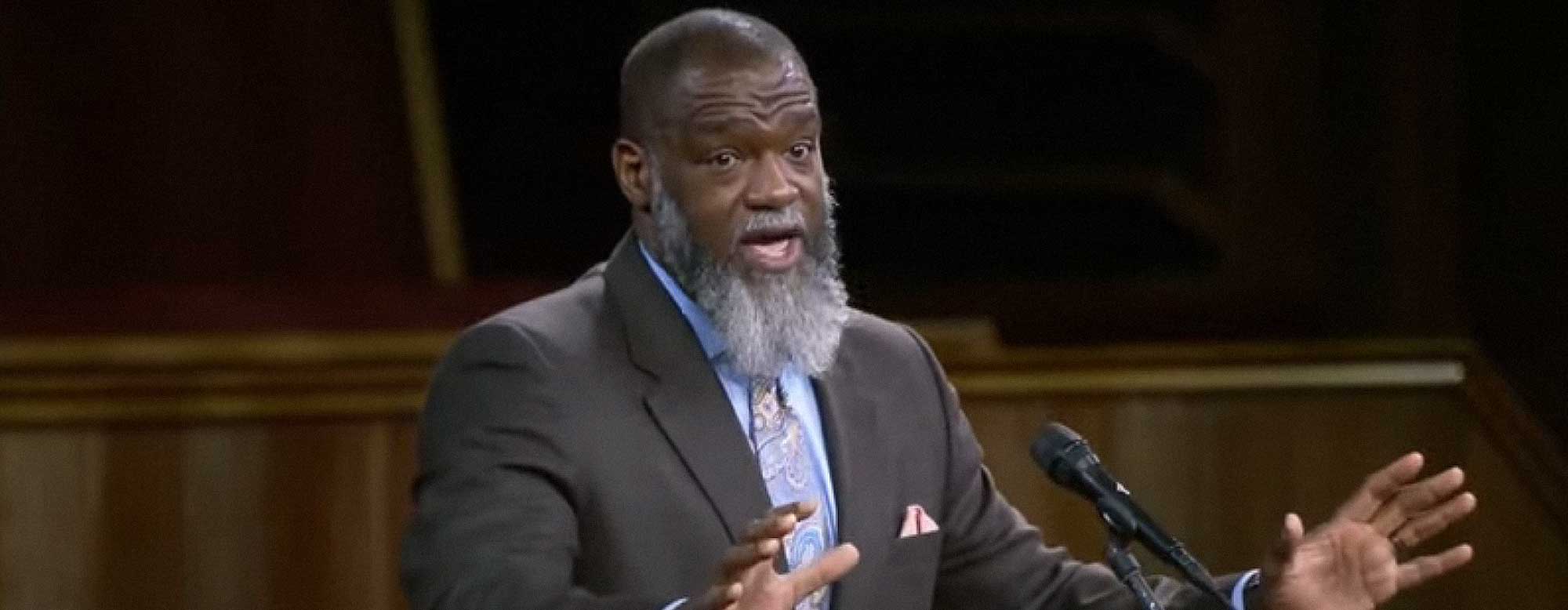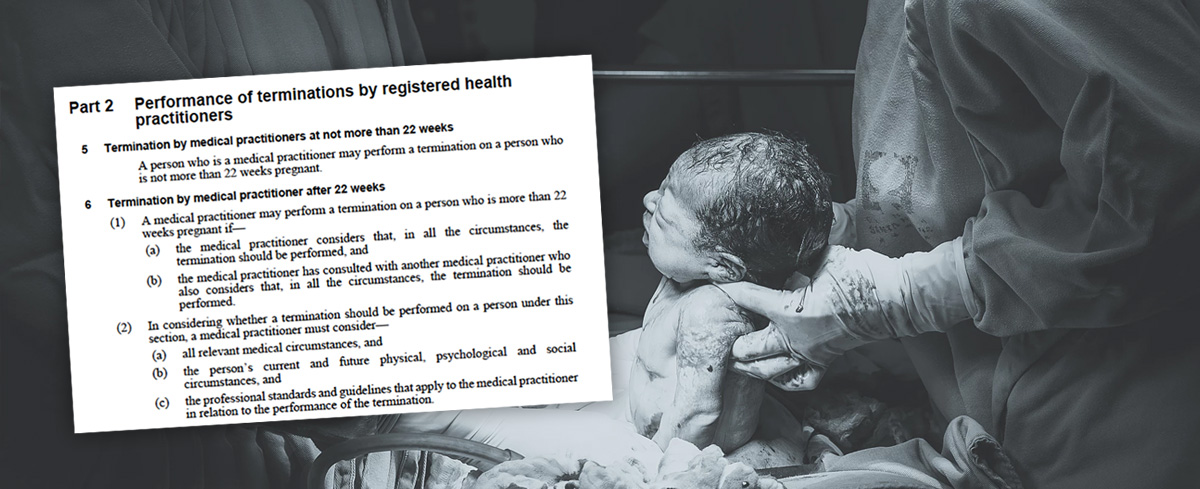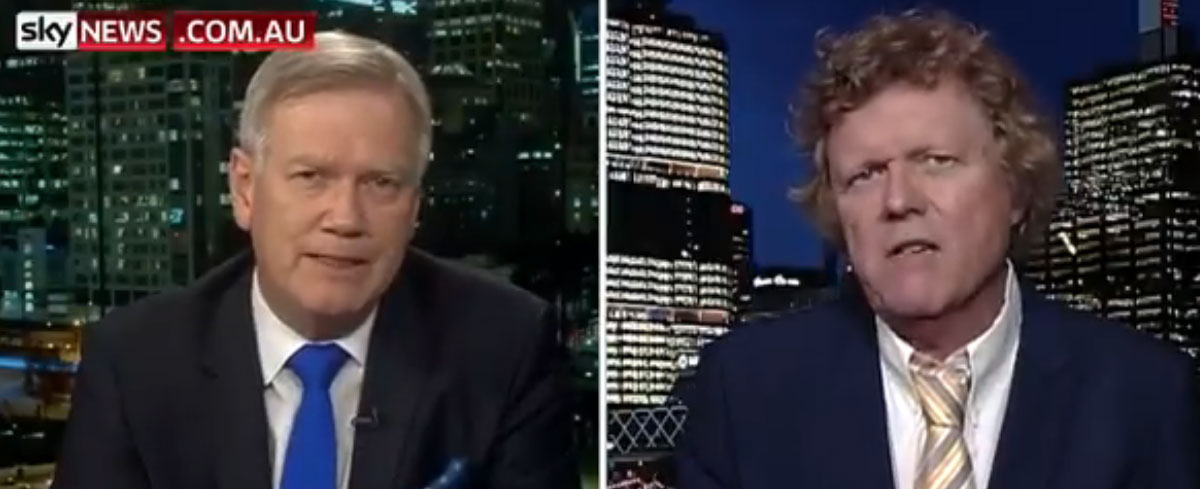This week marks the death of one of the worst screw-ups in Australian political history. It might not look like much right now, but when the time comes for Australia to defend itself on an increasingly unstable geopolitical chessboard, the sea will run red with Christopher Pyne’s incompetency.
A $90 billion deal to convert perfectly good nuclear submarines into last century’s diesel relics is about as stupid as it sounds, made worse only by the revelation that we asked the French to do it for us against the wishes of our most important and powerful ally, the United States.
Pyne is another Liberal wet so embarrassed by the label of ‘conservative’ that he styled himself a ‘small-l liberal’. It is always a worry to see ministers skipping around unrelated departments, treating ministries like collectable trading cards and Pyne certainly changed his shell many times before he wound upholding the position of Minister for Defence in Malcolm Turnbull’s 2016 ministry.
Click here to support Alexandra Marshall’s work.
When Pyne came into power, he announced that Australia intended to spend $195 billion on defence over the next ten years, but made no effort to use that money effectively. Essentially, what Pyne did was organise for that money to be piled onto a pyre and set alight, signalling to China that we are absolutely useless when it comes to protecting the Pacific. Years after Pyne’s resignation, you can still smell the smoke in the air as Chinese military vessels cruise into the strategic Port of Darwin, now sitting on a 99-year lease due to state and federal negligence.
The privilege of being a minister means that you can walk away from bad decisions and straight into lucrative work in the private sector. A month after Pyne left his position as Defence Minister, Pyne had already taken on a role with the consulting firm Ernst & Young (EY) to assist in securing defence contracts. Upon taking the position, Pyne said, “I am looking forward to providing strategic advice to EY as the firms looks to expand its footprint in the defence industry.”
As a ‘strategic adviser,’ Pyne insisted that he was not acting as a lobbyist for EY. However, the glaring problem remains that Pyne had ministerial knowledge and contacts in an industry he worked with directly after leaving office. According to the Guardian in 2019, Pyne discussed possible consulting jobs with EY while he was still sitting as a minister in cabinet, which might explain how he was able to walk into the position only nine days after resigning from politics. The conduct ended up as the subject of a Ministerial Standards Inquiry which also examined ex-Minister of Foreign Affairs and Deputy Leader Julie Bishop’s new role with aid contractor Palladium.
Technically speaking, there is an expectation in the rules that ministers are not to use information or contacts gained during their time spent in office within the private sector.
In June of 2020, Crikey ran a report suggesting that Pyne’s advisory work for EY was just as bad as the work he did while in government, with EY’s contracts well down on projected revenue. That is not to say that there is no money in defence. Taxpayers are footing extraordinary bills with private defence contractors every year, but what are we actually getting for the billions we throw at the industry? We have spent around $200 billion in the past ten years, $90 billion of that on Pyne’s bewildering failed submarines.
Traditionally, a country’s military strength is calculated by how much money a nation invests as a percentage of their GDP, but in a world run by idiots like Pyne, total spend has become irrelevant. Military strength has more to do with integrated forces shared between allied nations, the risks and corresponding technical defences, fuel security, energy security, and physical personnel size. In addition, the ability to transport arms to strategic locations which have already been equipped will probably tip the balance of fate in the next hot conflict the world experiences. That is why there are red flags being raised at China’s presence inside Australian ports – ports which they do not have to fight to possess. China’s access to the top of Australia is a nightmare for America, who rely on the security of Pine Gap for vital tracking data.
China is quickly working its way up to holding the world’s most formidable military force. While it might not outrank America yet, what it lacks in equipment it makes up for in the ability to get that equipment into neighbouring nations across its freshly built Belt and Road initiative. America would not be able to defend European or Asian allies under these circumstances, regardless of what the numbers on a spreadsheet look like to a half-wit minister.
While China continues to pour billions into its military projects, the Chinese foreign ministry spokesman Zhao Lijian came out and said, “All countries should avoid an arms race and refrain from purchasing unnecessary military equipment.” Lijian made no attempt to explain why China imported 84% of its weapons from Russia and then subsequently set about shipping an enormous haul of armaments to Pakistan and other Asian neighbours surrounding their largest global competitor, India – who incidentally also buys its arms from Russia.
Despite the billions passing between China and Russia, Russia can be under no illusion when it comes to China’s ambition for land acquisition and the likelihood that this will result in conflict.
Tibet, Taiwan, and Hong Kong are often discussed, but China tested Russia’s patience in 2020 when it kinda-sorta laid claim to Vladivostok. The city, which has been a part of Russia for 160 years, found itself the centre of attention when members of the Chinese Communist Party started referring to it as Haishenwai (its Chinese name) on Twitter.
This is the geopolitical equivalent of a post-it note.
Russia, being a rival communist nation and a long-suffering neighbour of China, has a clearer view of Xi Jinping’s aspirations. Whoever leads Russia after Putin’s retirement will not treat Xi Jinping’s regime with the same complacency as the West. If China is able, they will take new territory – from their friends or rivals – it doesn’t matter.
Like it or not, Australia is a middling military power in possession of a huge unguarded landmass in the Pacific, far from its natural allies and right on the doorstep of the world’s most aggressive communist regime. Uncomfortable as it may be for a generation born in peace to accept, the natural end of politics is violent conflict. The only thing holding back a predatory world full of regimes hunting for resources and land is rival military prowess thinly draped in politics.
Click here to support Alexandra Marshall’s work.
At the opening of the 1900s, intellectuals in Europe were adamant that a ‘hot war’ was impossible. The world, they believed, had civilised beyond the point of debased butchery. It was not only the age of Enlightenment that blinded their vision, Europe was in the grip of the Industrial Revolution, knitted together by networks of trade and communication, the likes of which the world had never seen. Ideological unrest was pushed to the side, given a position of insignificance beside the obvious dominance of commerce.
Germany might have had some scary ideas, but how could it turn on the rest of Europe with so much money at stake?
Our ancestors could not foresee that they were standing on the edge of the two most bloody conflicts in human history.
Today, we ask this question of China.
The West entered into a co-dependency with the communist regime, foolishly believing that a nation famous for its isolationist ways would give in to the lure of Western culture. Naive politicians and businessmen were wined and dined by representatives of the Communist Party, mistaking the bowing and scraping for genuine awe instead of realising that they were the ones being cheaply bought by their own vanity.
Now it is the West in a position of strategic weakness. Even before China’s Covid crisis wrecked Western economies and liberties, China was well underway with its expansionism, using its status as a ‘developing nation’ to negotiate special loans and exclude itself from international regulations that have suffocated Western business for decades. China’s abuse of international monetary regulations and clever subversion of international leaders to assure voting blocks at the United Nations has left them operating without natural checks and balances.
The press shy away from comparing China to pre-war Germany, but the comparison grows more accurate by the day – particularly if we look at China from a position of military intention. It has done what all powerful nations do when they are seriously considering starting a major conflict – build transport networks to move military assets around difficult strategic terrain. It has used the banner of ‘green politics’ to debt-trap nations into surrendering their vital ports and resources to Chinese interests. If you step back and look what China has actually done in a military frame of mind the landscape is frightening.
Australia is increasingly isolated in the Pacific.
There are only two major power structures that keep Australia in a state of geopolitical peace. India and America.
China is making sure that India will be in no position to help any of its allies should conflict break out, but what about America? Even today, if everything went to heck, America could probably win a war with China if they had to. The question is, do they want to?
The rumours surrounding President Biden’s relationship with the communist regime are a cause of serious concern. How can it be that the President of the United States is in a position of personal delicacy with the most dangerous military force in the world? Our leaders, if they are to make prescient and sensible decisions about what to do about China, have to be beyond reproach.
So far we have seen Biden unravel Trump’s efforts to protect America’s personal security from China – the most important of which was the plan to free America of Middle Eastern oil dependency – a region in which China holds most of the political and infrastructure advantages. The Democrats can claim that a ‘green revolution’ severs America’s reliance on oil, but that simply would not be true. Not only is oil required to power the nation’s military assets, (and so a lack of independence would mean that even the best fleet would find themselves grounded) but the renewables grid is built on Chinese infrastructure meaning that America is deliberately making itself a dependent island of China.
This arrangement certainly suits the business interests of Biden’s campaign donors – whether they be munitions companies looking for a good conflict to boost their bank balances, or mining giants who have partnerships with Chinese contractors working on projects within the trillion-dollar Belt and Road initiative.
Either way, a reluctant or impotent America leaves Australia in it deep.
Australia is in the enviable position of a resource rich continent. There is no technical reason that we should be vulnerable to fuel shortages or weak power grids. Instead, our problem is political. It is by choice that we handed over the security of our power grid to Chinese renewables. It is by choice that we have shut down our mines, leaving us dependent on imported oil which we cannot build up to the regulated minimum capacity for conflict, let alone protect international supply lines in the event of war.
Trump’s America tried to help Australia with this clear military hole in the Pacific strategy, but with Biden at the helm, our guardian angel will have its own fuel shortages to deal with and is unlikely to rescue us when times get desperate.
Which brings us back to Pyne and the unforgivable gap he has left in Australia’s defence strategy.
Pyne was given a problem to solve. Australia’s Collins class submarines will reach their end of life in 2026-2033. We have six submarines, two of which seem to be in a permanent state of maintenance and only two with crews available to man them. There are forty-six warships in operation (eight ANZAC class frigates, three Hobart class destroyers, six Collins class submarines). We have 35,877 km of coastline – 59,736 km if you include offshore territories. Our marine area is one of the largest in the world, 8.3 million square kilometres in Australia, and 2 million square kilometres in Antarctica – not including our responsibilities in the extended Pacific region.
Neither the Collins class nor the French Shortfin Barracuda submarines that Pyne ordered (even in their original nuclear form) are anywhere to be seen on the top ten list of submarines. America and the United Kingdom own the top three positions. Pyne did not replace Australia’s fleet with the best possible product. The short of it is, Pyne wanted a defence contract that looked good in the press and brought money and jobs into his home electorate of South Australia when his primary concern should have been the immediate restoration of Australia’s military strength. With the manufacturing landscape in South Australia unable to collaborate with the French technical requirements on short notice, Australia has ended up with an economic, technical, and political nightmare all to build submarines that are fundamentally useless in modern warfare.
To put it in perspective, by 2030 America is projected to have sixty-six submarines to meet China’s seventy-six – two of which will be equipped with long-range nuclear missiles. This comes with the news that China is in possession of the world’s largest navy force with three-hundred and fifty ships and submarines – and they are not done building yet. America still has physically larger and scarier ships, but the balance of military power at the top of the world stage is dangerously close to tipping.
If it wanted to, experts predict that China could capture Taiwan in three days. No one has done the calculation on Australia, but it is probably not much more than the time it takes to sail into Sydney Harbour. The only thing holding China back from grasping territory is that hostilities would spark a public image nightmare on the global stage, something China is trying to avoid while its Belt and Road project is under construction in politically sensitive regions in contract with Western third party companies and international banking loans.
Australia is running out of time to build its forces in the comfort of peace and international cooperation. Pyne was in possession of what may be reflected upon in decades to come as the most important window of opportunity for Australia to defend itself and its Pacific neighbours – even those playing footsies under the table with Xi Jinping.
For too long Australia’s defence has been at the mercy of politicians like Christopher Pyne, who are more interested in how their policies are going to sound in front of a green-press gallery instead of how well the nation is protected from a hot war.
The Liberal Party has not learned their lesson, with Australia remaining at the mercy of weak politicians.




















